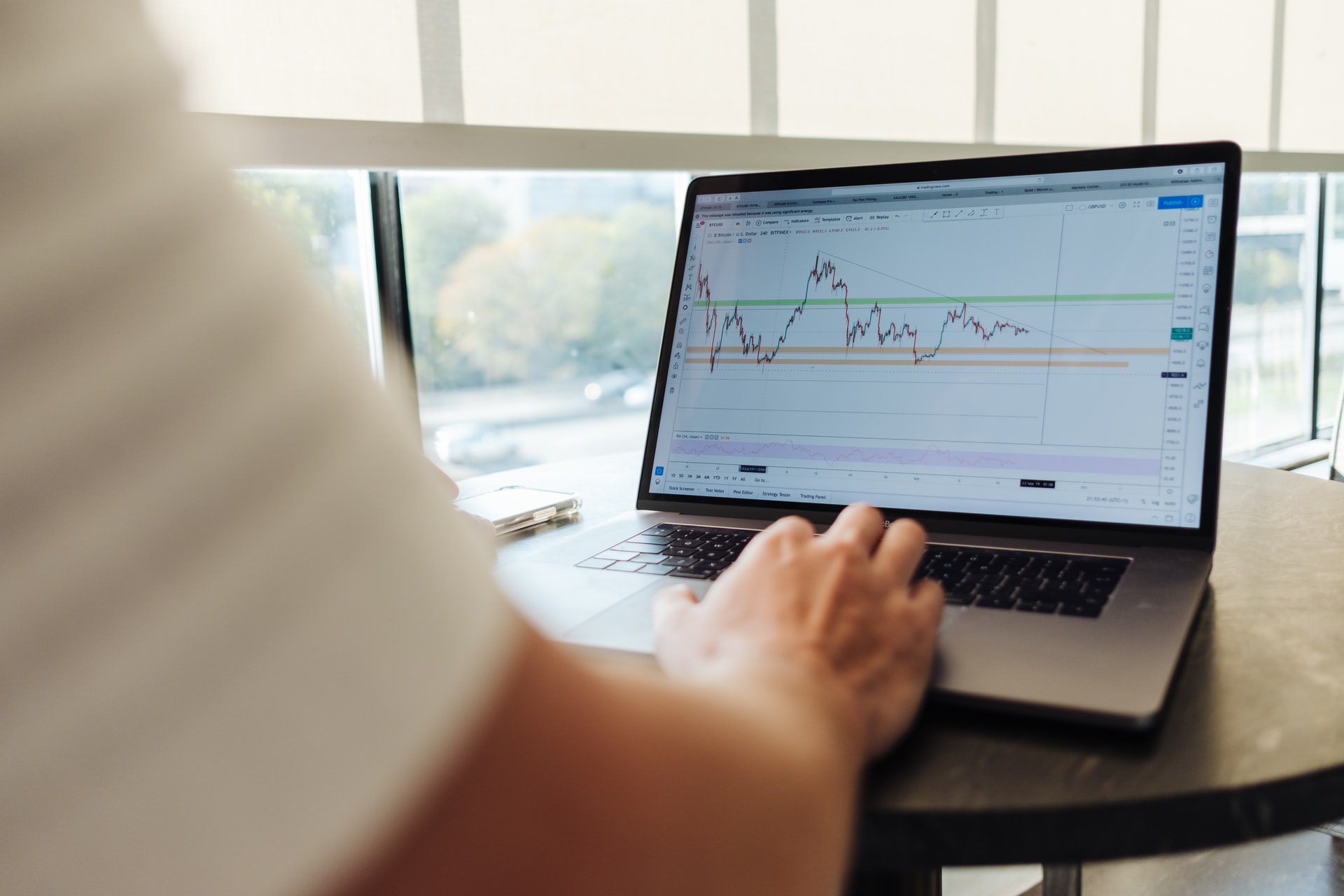There is an increasing number of people turning to trade for higher returns and profits. But understandably, every investment includes some rates of risk. Thus, embarking on an investing journey can bring you a lot of consternation ranging from what to invest to the appropriate strategies to eventually get the earnings.
Thankfully, state-of-the-art advancements in this technological era, or more specifically, financial technology services have helped simplify the overwhelming processes by coming up with specialized software and algorithms that are used on computers and, increasingly, smartphones.
This article will highlight some of the criteria and necessary practices to consider when choosing software for beginners in trading. So amidst several choices, you can wisely choose one that meets your requirements the most and works wonders for your trading journey.
4 Criteria For The Right Trading Software For Beginners
1. Clarified Needs
It’s never been a good idea to imitate someone’s choice. We all have different needs according to our specific circumstances. Hence, don’t ever choose a platform only because it is recommended by others. Plus, there might be a multitude of options when it comes to software for newbies, which might baffle you as a beginner. That’s why it’s vital to question yourself and list out what expectations you have for your ideal choice.
The claims on stockbrokers’ website content are not always all that you need to fully understand the offering. It’s a good idea to ask for a trial version so that you can make a thorough assessment during the initial phase. Otherwise, if it’s available, check the screen-by-screen tutorial from the stockbroker or vendor to clearly understand the right fit for your needs.
2. User-friendly Interface
As a newbie, it’s crucial to have a software that is comfortable enough for you to work with daily.
Several charts, quotes, and educational investment research provided by the software are beneficial for beginners. But that will make no sense if users get lost in all this distraction and can’t utilize the information provided. Thus, it’s necessary to make sure all features and functions are approachable and understandable for you.
To be specific, you can look at the platform and decide whether you find it comfortable or confusing at first sight. And check the graphics also.
Although eventually, you will have to be insightful of any platform to work with it professionally, basic buttons and options should be shortly understandable for you after opening aboard. Otherwise, complicated features may drain you out even before you can become an expert in trading.
Software that comes up with available extensions will be a good option. In other words, consider software that offers simplified investing experiences at the start but can still serve your needs as you grow your investing knowledge.
3. Functionalities And Features
For beginners, highly complex algorithms requiring high-end dedicated computers are usually not an ideal choice. It’s better to start with software armed with simpler functions and features that you can more easily get used to. So you can gain better progress in less time.
Your prospective software should also correspond to your trading situation at the moment, or else, it will only complicate your trading experience.
However, a sophisticated platform is a good choice for traders who utilize all the features. So, you can check whether a chosen trading platform is too sophisticated or not by identifying how many functions you are going to use daily.
Another advantage to look for is convenient access. A software that allows connectivity from anywhere, no manual installations of upgrades, and no maintenance costs will be a great choice for beginners.
Protective features also play a pivotal role. With the advancement of technology, the increase in stalking algorithms and software trying to identify the other-side orders in the market are a real risk to watch out for. Make sure to check if your prospective software is vulnerable to such sniffing or whether it has preventive features to minimize the exposure to other market participants.
4. Cost
This is also a vital element. Depending on your individual trading activity, it’s necessary to carry out a cost-benefit analysis.
Most software has available free and paid versions, check the accessible features of each version out with great care. And don’t forget to consider the costs of the paid version which may be significantly higher than the standard one.
There are endless horizons to explore when embarking on trading with automated software systems. It may seem frictionless and exciting to make money at the click of a button.
However, one needs to be fully aware of whether the automated order is getting at the right price in the right market and following the right strategy, and more.
With that in mind, thoroughly evaluate all options with a clear understanding of your desired trading strategy to ultimately reap the rewards.






Leave A Comment